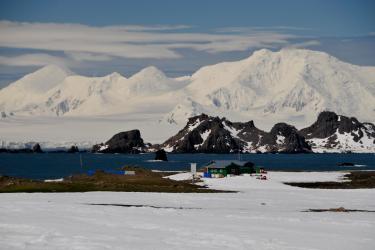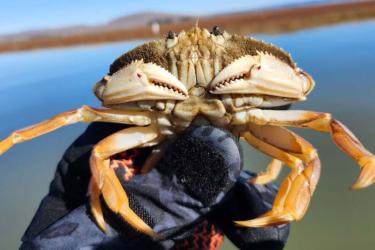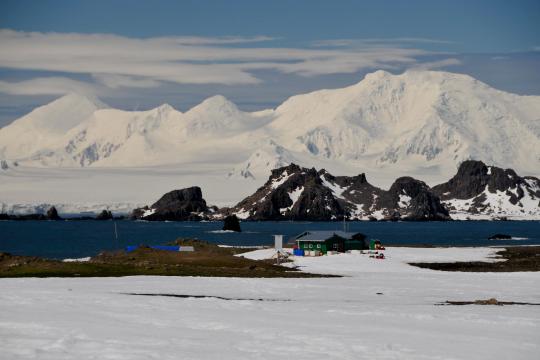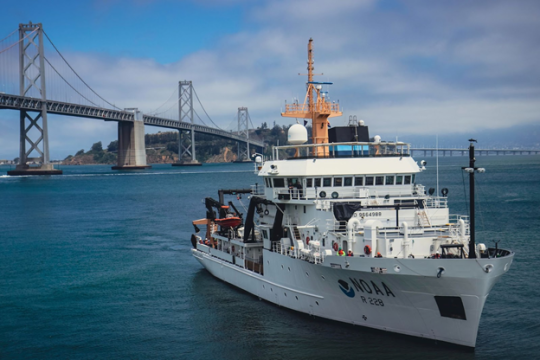The vast marine heatwave that spread warm temperatures across the northeast Pacific Ocean late in the summer and fall of 2019 has declined in size and pulled back from the West Coast, possibly reducing its immediate impacts on coastal ecosystems.
It has declined to about half the size and intensity it displayed in August. However scientists caution that the heatwave designated MHW NEP19a remains two to three times the size of Alaska and still retains enormous amounts of heat in the upper layers of ocean. It remains one of the top four or five largest heatwaves on record in the North Pacific in the last 40 years.
“What we are seeing now is a smaller heatwave that is farther offshore, but there is still a very large span of the Pacific Ocean that is much warmer than usual,” said Andrew Leising, a research scientist at NOAA Fisheries’ Southwest Fisheries Science Center (SWFSC) in La Jolla, California. Leising has developed criteria to detect and gauge the size and magnitude of marine heatwaves. “The question is, where does it go from here? That’s what we’re watching now.”
The edge of the heatwave is now about 1,500 kilometers (about 930 miles) from the West Coast, but still envelops much of the Gulf of Alaska. It no longer so closely resembles the enormous earlier marine heatwave known as “the Blob” that affected much of the West Coast through 2014 and 2015, causing reverberations through the food web.
Low salmon returns to many West Coast rivers in the last few years have been linked to the Blob, which reduced the availability of food when the salmon first entered the ocean as juveniles.
Both the Blob and the current heatwave were large and carried a great deal of heat. But this summer’s warming near the West Coast did not reach as deep into the ocean or last as long, said research scientist Michael Jacox of the SWFSC. “It will be very interesting to compare the two events and their impacts on marine life and fisheries given the different character and timeline,” he said.
Scientists will be watching for effects of the current heatwave on species such as salmon and albacore that are sensitive to ocean conditions, said Elliott Hazen of the SWFSC. “Is this going to be a similar ecological response to what we saw in 2014-2015, not much of a response given we are still recovering, or something quite different?” he asked.
Leising noted that as the Blob of 2014-2015 grew and evolved, it also experienced some weakening in 2013 before regaining strength and then expanding in size. That doesn’t mean the current heatwave will do the same. But it does underscore how much and how fast marine heatwaves can shift and change in response to climate and other factors.
“This marine heatwave is still with us in a big way,” he said. “While it’s not directly impacting the coast as much at this point, we still have a lot to learn about how these events grow and evolve.”
NOAA’s latest North American Multi-Model Ensemble forecasts through May 2020 predict a gradual weakening of the offshore warming. The NOAA Climate Prediction Center’s November 4 Diagnostic Discussion notes (PDF, 32 pages) that tropical conditions this fall have been near normal, and this is projected through spring 2020. If a tropical El Niño event develops this fall or winter instead, it would favor wind, weather, and ocean current patterns that could cause a return of the nearshore warming along the West Coast in winter or spring 2020.







